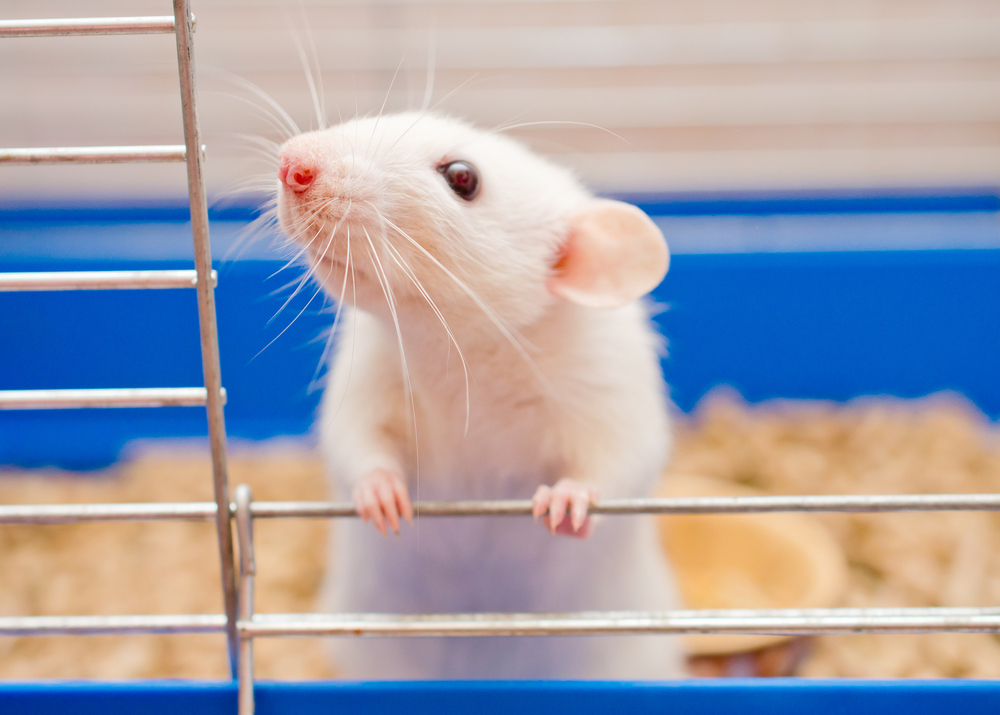Do Rats Laugh? Researchers Tickled Rats to Reveal the Brain’s ‘Play Zone’
Posted on Categories Discover Magazine

If you hang around on the right parts of YouTube for long enough, you may come across the web district of rat tickling. You’ll see scientists tickling rats in the lab to boost their well-being and owners tickling their pets, among other things.
Now, new research has identified the parts of the brain that may be responsible for play and laughter by tickling rats in the lab, according to a study published recently in the journal Neuron.
“Play is really a not-well understood behavior,” says Michael Brecht, a neurobiologist at the Humboldt University of Berlin.
Are Rats Ticklish?
For the new study, Brecht and his colleagues got rats used to an enclosure for a while before the games began. They then began to play a game aptly named “chase the hand” that the rodents enjoyed, before tickling their bellies and the nape of their necks while the critters laid on their backs.
Previous research has revealed that rats enjoy tickling — it may even enhance their well-being in captivity.
“It’s also largely enjoyable for rats; they like it,” Brecht says. Though there was also a limit to how much tickling a rat can take. “Similar to humans, they also overdose.”
Read More: Rats Reveal Our Internal Navigation Abilities
Do Rats Laugh?
Rats can also laugh, though the sound is ultrasonic. To see what parts of the brain were activated by the tickling, the researchers engineered parts of the brain they suspected might be related to play so they were more sensitive to charged atoms called ions.
By pumping ions towards the rats’ heads, they could temporarily inactive the brain cells in the lateral column of the periaqueductal gray, or PAG, a region of the brain largely responsible for pain perception.
Every rat is different — some respond more to tickling and play more than others. But generally, Brecht says, the rats that are very ticklish are also more playful.
Read More: Is it Time to Change Tack in the ‘War on Rats’?
What Part of the Brain Regulates Play?
The team found that the rats with inactivated PAGs stopped laughing as much, and engaged less in the tickling or games. In other words, the PAG seemed to be responsible for play more generally.
They also found that when they put rats into unfamiliar environments that caused more stress, the lateral column of the PAG also decreased in activity, and they stopped laughing.
Brecht says that rats are similar to humans in the way they react to tickling in general. Like humans, they laugh. And young rats are often more prone to ticklishness than older rats. In both species, part of this playfulness gets lost with age.
In future research, Brecht wants to examine what happens to these brain structures to determine how they change over time. He also wants to compare how other species use the lateral column of the PAG, and if this affects their degree of playfulness.
Read More: Cackling Cows and Snickering Stoats: Animals Enjoy a Good Giggle Now and Then
Future Research on the Benefits of Play
The research is important because we don’t fully understand the benefits of play and laughter — even in humans. Not playing isn’t devastating to children, for example, but many children with busy schedules that don’t experience as much time to play may still be developmentally impacted in the long-run.
Understanding more about how these structures change in rats may help scientists better learn what happens to humans as they age and develop.
“I think that play—we don’t have as good of a handle on this behavior as other behaviors,” Brecht says.
Read More: Bumble Bees Like To Play Just For Fun